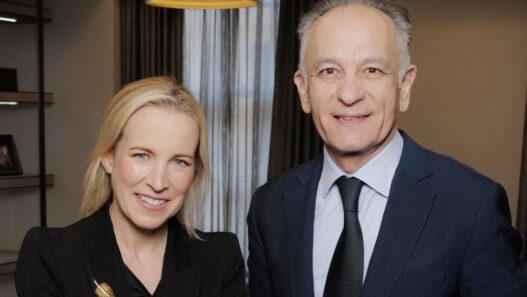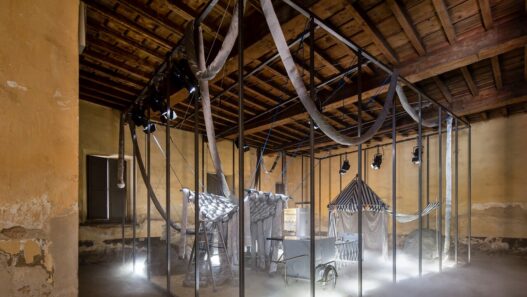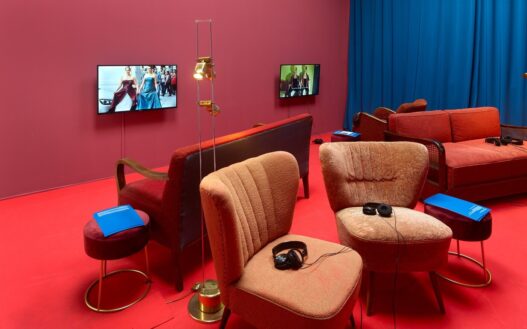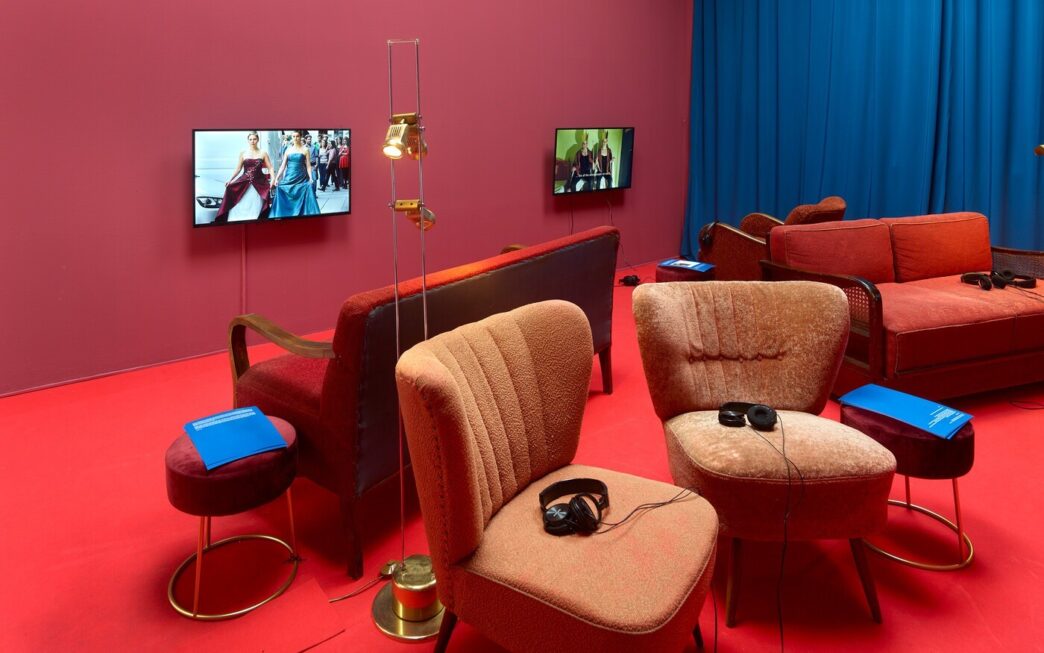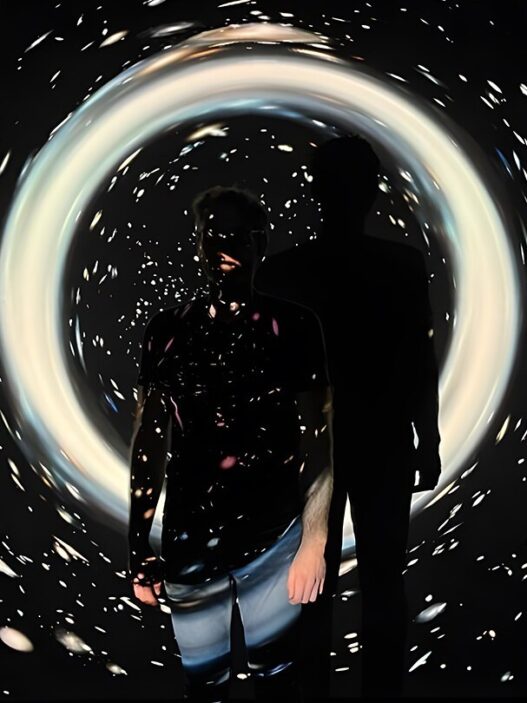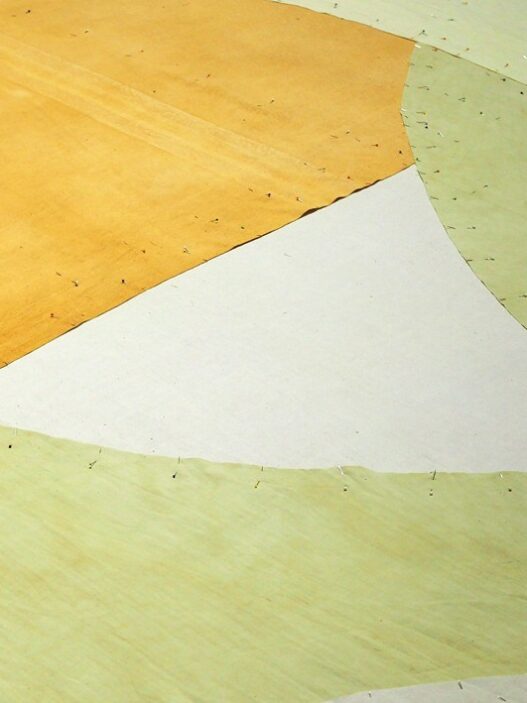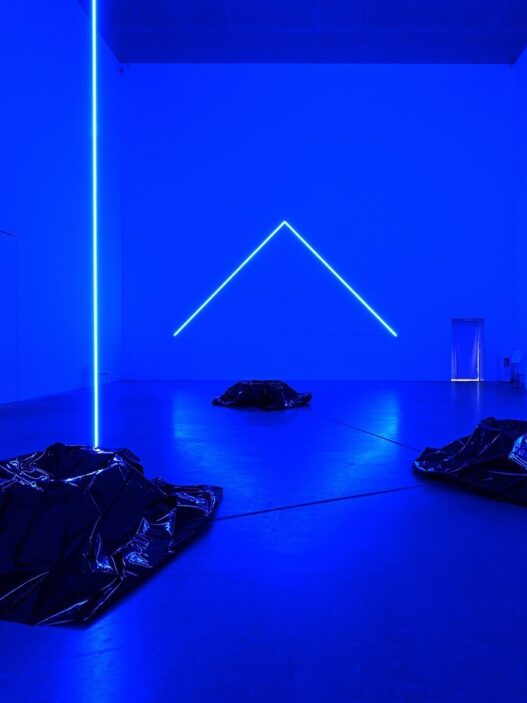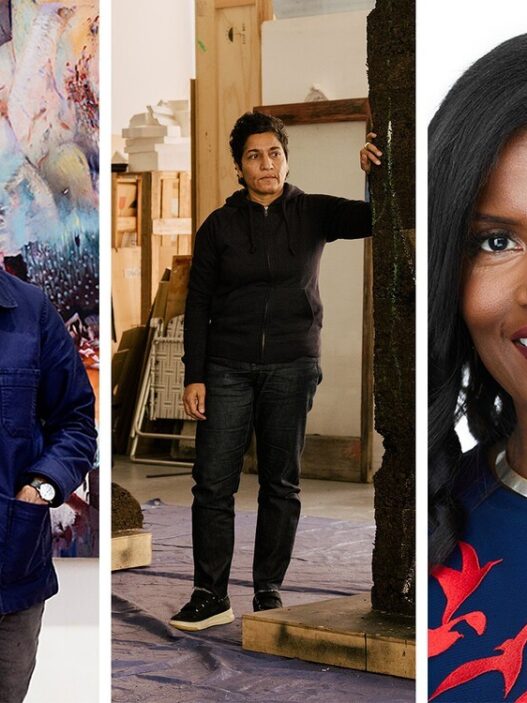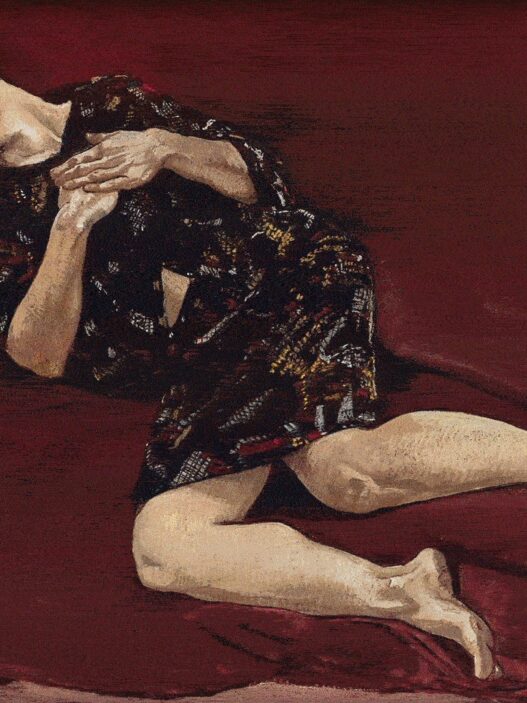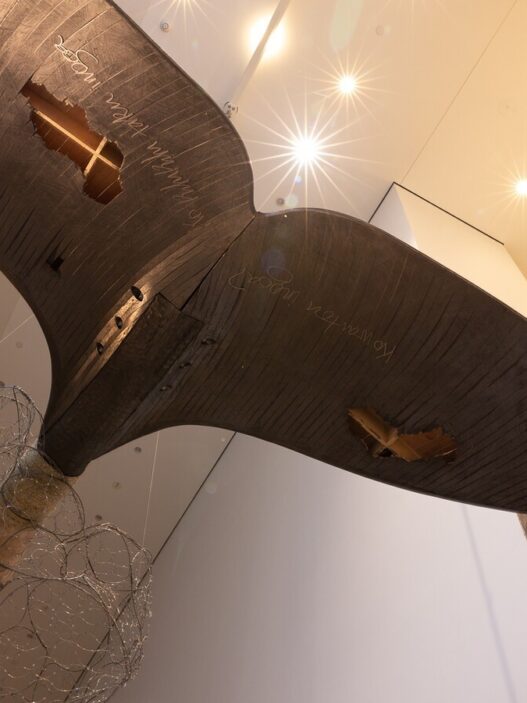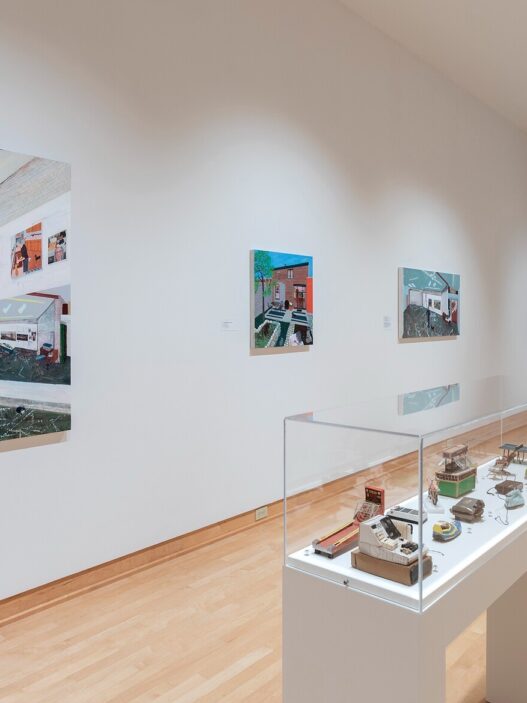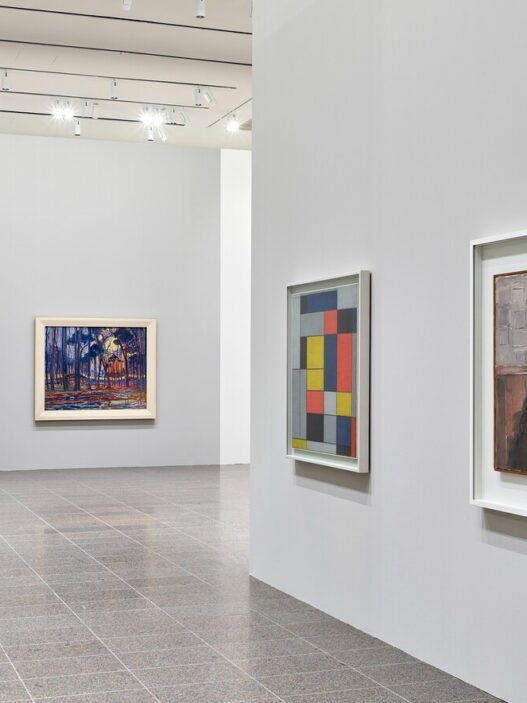September 24–December 18, 2022
Artists: Les Arts Incohérents (Alphonse Allais, Mey-Sonier), Michael Craig-Martin, Tim Etchells, Stano Filko & Alex Mlynárčik, Tom Gould, Justyna Gryglewicz, Ramon Haze (Andreas Grahl & Holmer Feldman), Michał Hyjek & Piotr Sikora, Michał Gayer, Jan Hoeft, Krõõt Juurak, Magdalena Lazar, Flo Kasearu, katze und krieg, Martin Kippenberger, Szymon Kobylarz, Lo Lifes (Rack-Lo), Kud Ljud, Cecylia Malik, Mateusz Okoński, Olof Olsson, Agnieszka Piksa, Ana Prvački, George Psalmanazar, Man Ray / Marcel Duchamp, Aneta Rostkowska, Marta Sala & Wojciech Szymański, Łukasz Skąpski, Kuba Skoczek, John Smith, Łukasz Surowiec, Piotr Swiatoniowski, Hunter Thompson, Orson Welles, What Remains Gallery, Johannes Wohnseifer, Jakub Woynarowski, Karl Valentin and others
Three exhibitions featuring varied artistic techniques that follow the ethos of so-called “gonzo curating” are on display at CCA Temporary Gallery. In times of ecological, economic, and political crises, gonzo curating is an independent and rebellious way to challenge conventional artworld systems using parasitic art institutions, mobile art collections, and almost nonexistent exhibits. Gonzo is a technique of appropriation that centers semi-fictional narratives around the sensuous aspects of experience, usually by those who are not in positions of power. These are frequently displayed as performances, with the concrete environment serving as the aleatoric score.
The presentation riding the crest of a tall, lovely wave. Aneta Rostkowska and Jakub Woynarowski’s exhibition, Art as a State of Mind, makes an effort to categorize and arrange numerous zany curatorial techniques. These activities are arranged into four interconnected categories using a diagram that was inspired by Alfred H. Barr’s well-known infographic illustrating the origins of cubism and abstract art: “world as medium,” “world of art as a work of art,” “negative theology of the white cube,” and “metagonzo.” The practices of appropriating “non-artistic” things, places, and events fall under the first category. The second is about the establishment of alternative art institutions and the appropriation of certain exhibitions and artworks. The third is the use of non-artistic characteristics found in the world of art, such as nothingness, the space between objects, or haphazard behavior. The appropriation of other gonzo initiatives is called “metagonzo.” With the concept of an archive presentation, the exhibition’s design plays a creative game. At the same time, it turns into an illustration of a “metagonzo” tactic.
The presentation Contemporary Art Center at Wawel Castle: The collection of the Wawel Castle Centre for Contemporary Art, a distinctive fictitious art establishment situated at the Wawel Royal Castle in Kraków, is showcased in the first decade. Artists involved in the initiative appropriated certain existing features of the site and claimed that they were their own original works of art, challenging the nationalistic-Catholic discourse around the Castle. There is an accumulation of rumors, myths, and tales. Stories are adjusted to the environment on the basis of “creative restrictions” (similar to the “constrained writing” done by OuLiPo), just as the castle itself is changing with time. A minimal amount of resources are used in the creation of artworks; neither transportation nor materials are required.
The exhibition katze und krieg. The re-enchantment of public space is dedicated to the work of performance group katze und krieg (“cat and war”). The artists work with interventions into everyday situations in public space, including in supermarkets, office buildings, residential areas and pedestrian zones. In their work, they boldly examine the functions of these common spaces and invite passers-by to question their usual understanding of them. They remind us that public space belongs to everyone, and everyone has a right to shape it, not just the privileged few. Their artistic practice might be seen as an attempt to democratise public spaces, invoke a feeling of agency in its users and encourage them to use these spaces in a subversive way—rather than just adhering to all the sometimes absurd rules imposed by the state and society.
A brochure featuring the “manifesto” of gonzo applied arts and an interview with the gonzo curators, Aneta Rostkowska and Jakub Woynarowski, was created in conjunction with the exhibitions and is accessible as a pdf on the CCA Temporary Gallery website.
Temporary Gallery—Centre for contemporary art
Mauritiuswall 35
50676 Cologne
Germany
Hours: Thursday–Sunday 12–7pm
T +49 221 30234466
[email protected]


